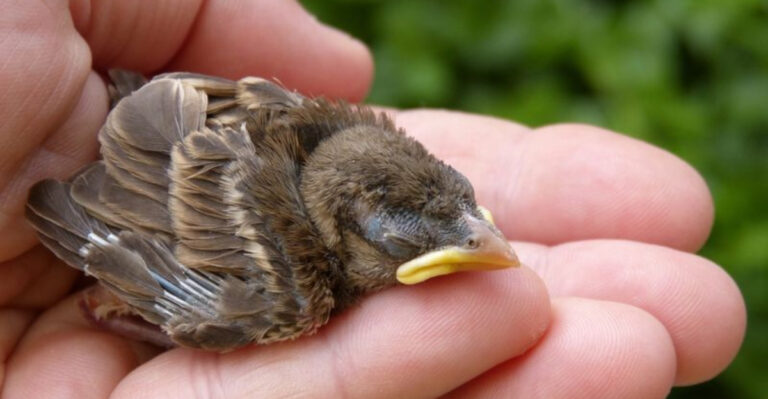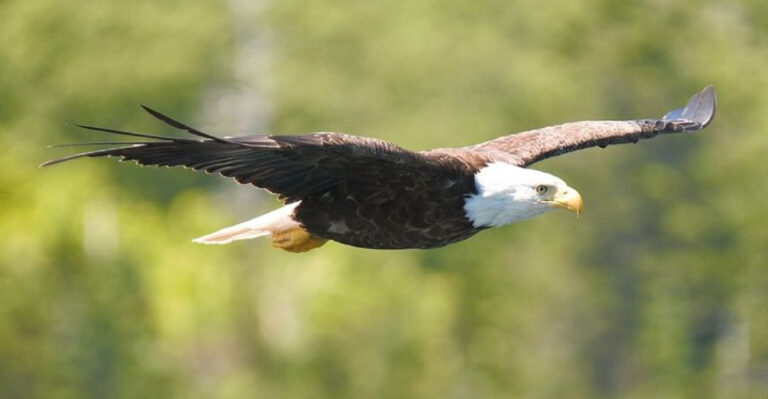15 Iconic Animals That Inhabit The Diverse Appalachian Region
The ancient Appalachian Mountains stretch from Alabama to Canada, creating one of North America’s most diverse ecosystems.
These misty peaks and lush valleys harbor a remarkable array of wildlife that has captivated naturalists for centuries.
From elusive predators to tiny amphibians found nowhere else on Earth, the creatures of Appalachia tell a story of adaptation and resilience in this rugged landscape.
1. Black Bears – The Forest Guardians
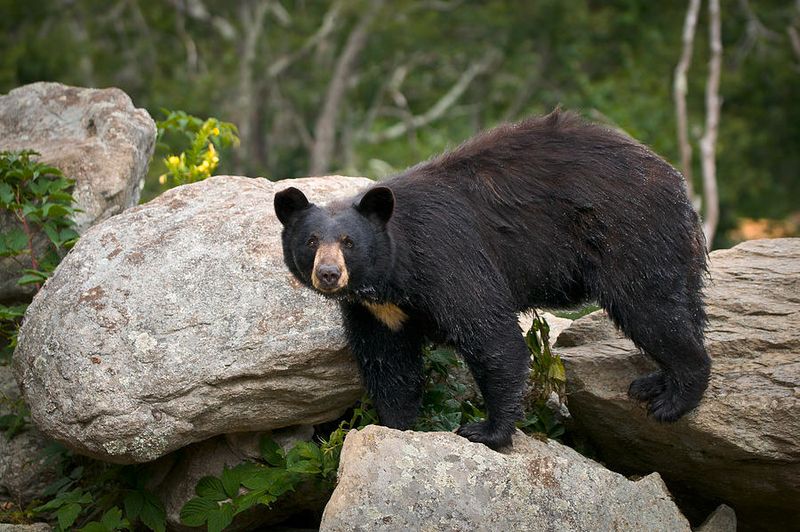
Appalachian black bears, reaching up to six feet tall on their hind legs, primarily eat berries and nuts. Their population has rebounded since near-extinction in the early 1900s.
These bears enter a deep sleep in winter, living off stored fat, and mothers fiercely protect their cubs for up to two years. They remain a beloved symbol of the Smoky Mountains.
2. Eastern Hellbender – The Stream Giant
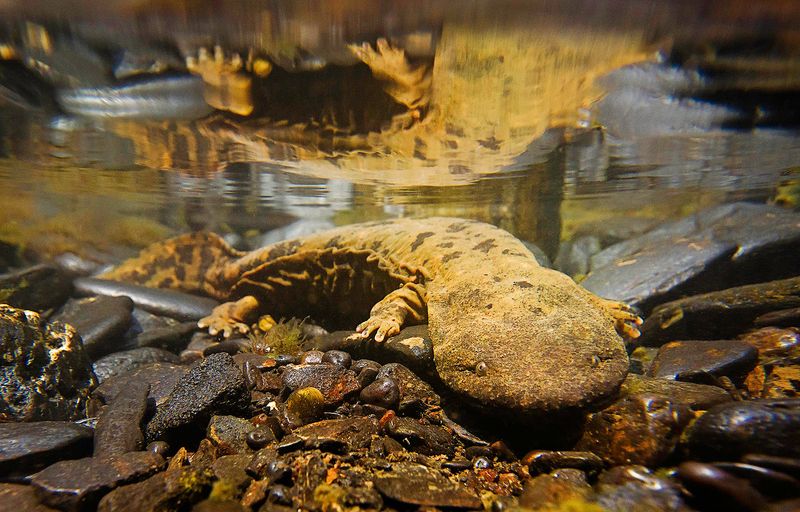
Eastern Hellbenders, North America’s largest salamanders, thrive in fast-moving mountain streams. These wrinkled creatures breathe through their skin and require clean water to survive.
Sadly, their numbers are declining due to habitat degradation, and efforts are underway to protect their delicate ecosystems.
3. Timber Rattlesnake – The Patient Hunter

The Timber Rattlesnake, with its distinctive rattle, uses camouflage and patience to hunt in the Appalachian forests.
These venomous reptiles strike only when threatened, providing a warning with their rattle. They play an essential role in controlling rodent populations, helping prevent the spread of disease.
4. Red-Cockaded Woodpecker – The Forest Architect
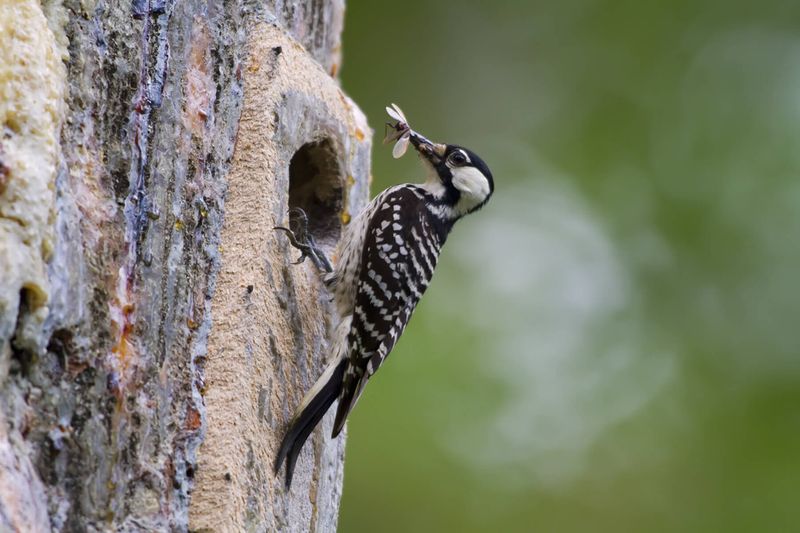
The Red-cockaded Woodpecker creates intricate homes in living longleaf pines. Unlike other woodpeckers, they excavate nests in living trees, often taking years.
Their natural defense system, resin wells, keeps predators away. Though once common in the southern Appalachians, they’re now endangered due to habitat loss, prompting conservation efforts to protect old-growth pine forests.
5. Eastern Cougar – The Mountain Ghost
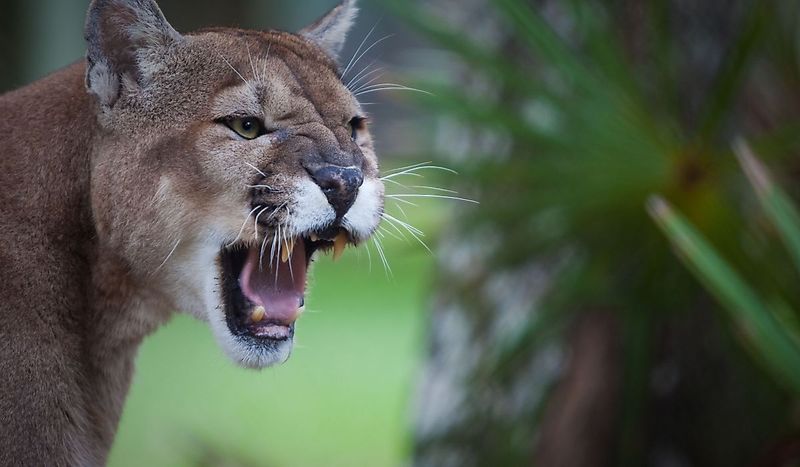
The Eastern Cougar, once declared extinct in 2018, is rarely seen in the Appalachian forests. However, occasional sightings and mysterious evidence suggest they may still roam remote mountain ridges.
Their disappearance has led to overpopulation of deer, affecting forest regeneration. Conservationists propose reintroducing western cougars to restore balance to the ecosystem.
6. Spotted Salamander – The Woodland Jewel

The Spotted Salamander, with its bright yellow spots on black skin, is a hidden gem of the forest floor. These secretive amphibians only emerge on rainy spring nights to breed, creating a spectacular sight in woodland pools.
Long-lived, they can survive over 20 years and return to the same breeding pools year after year. Appalachia is home to more salamander species than anywhere else, with the Spotted Salamander as a standout.
7. Ruffed Grouse – The Forest Drummer
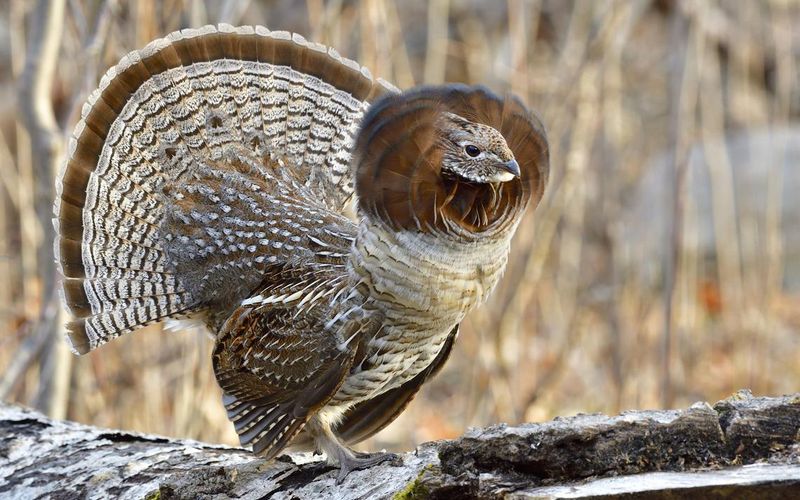
The drumming sound in Appalachian forests is the male Ruffed Grouse’s courtship display, produced by beating its wings. These well-camouflaged birds explode into flight when startled.
While their populations naturally cycle, recent declines in Appalachia highlight the need for forest management practices that support young forest habitats for grouse survival.
8. Northern Flying Squirrel – The Night Glider
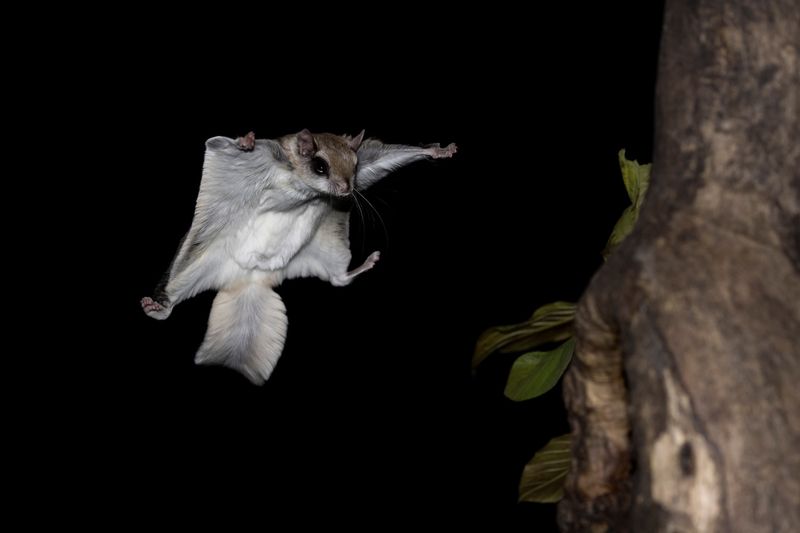
The Northern Flying Squirrel glides between trees under the cover of night, traveling over 150 feet in a single glide. Rare and nocturnal, these squirrels have large eyes for excellent night vision.
Threatened by habitat fragmentation and climate change, they rely on old-growth forests with mature trees for their gliding paths.
9. River Otter – The Playful Swimmer

River otters, once disappearing from Appalachian waterways due to pollution and trapping, have returned thanks to successful reintroduction efforts.
Their playful antics, including underwater acrobatics, make them a highlight of the region’s wildlife. Otters are top predators, eating fish, crayfish, and more, and their return signals improving water quality in the mountains.
10. Peregrine Falcon – The Mountain Diver
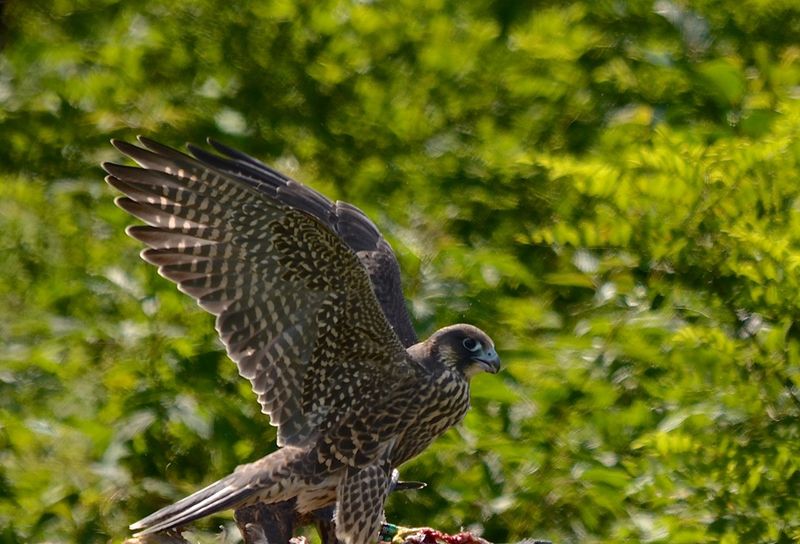
Peregrine Falcons, perched on Appalachian cliffs, dive at speeds over 200 mph to hunt, making them the fastest animals on Earth.
Once endangered due to DDT poisoning, successful reintroduction efforts have restored these raptors to the region.
Nesting pairs return to the same cliffs, defending their territories with impressive displays. Their recovery is a major conservation success story in Appalachia.
11. Brook Trout – The Mountain Jewel
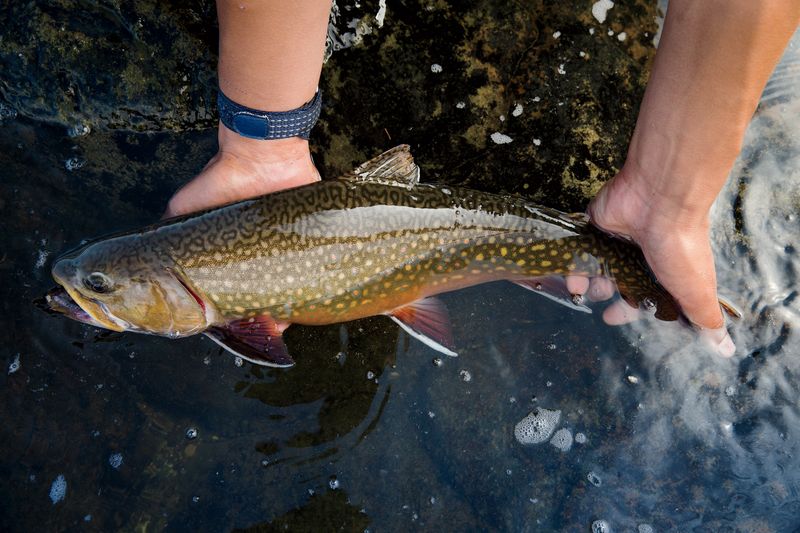
Brook Trout, native to Appalachian headwaters, are vibrant fish with red and blue dots on an olive background.
Though called trout, they’re actually char, related to Arctic char and lake trout. They thrive in cold, clean waters and display bright orange bellies and hooked jaws during spawning.
As climate change warms their habitat, these fish are pushed higher up the mountains. Conservation efforts focus on protecting high-elevation streams and reconnecting fragmented habitats to ensure their survival.
12. Gray Fox – The Tree-Climbing Canid
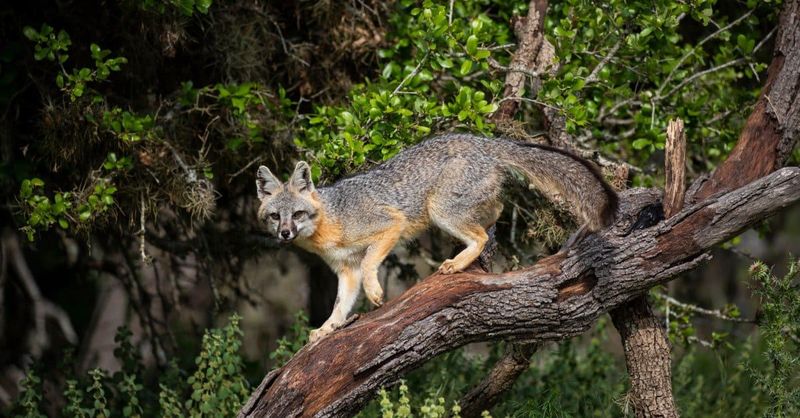
Gray Foxes, unlike their red cousins, can climb trees thanks to rotating wrists and semi-retractable claws. This ability helps them escape predators and hunt squirrels.
With salt-and-pepper fur for camouflage and a distinctive black-striped tail, they stand out in the Appalachian forests.
More adaptable than many forest creatures, Gray Foxes have stable populations and thrive on a varied diet of small mammals, fruits, and insects.
13. Cerulean Warbler – The Canopy Singer
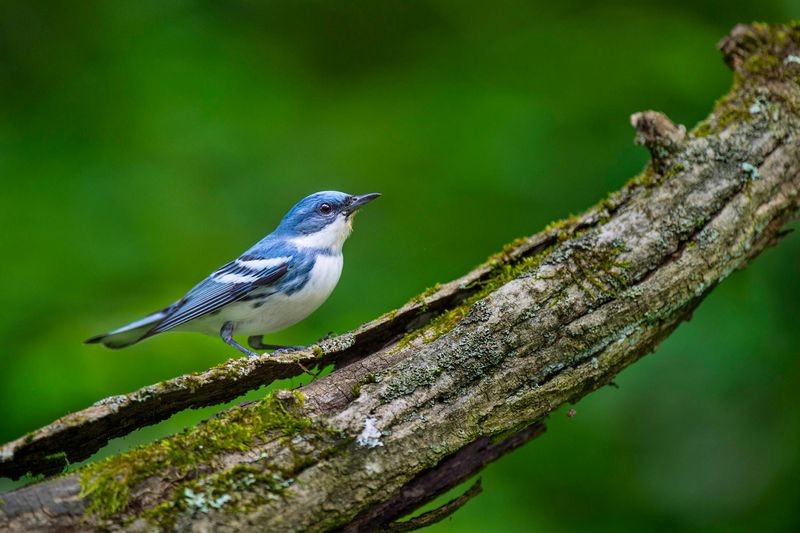
Males flash brilliant sky-blue plumage high in the forest canopy, giving the Cerulean Warbler its name. These tiny songbirds undertake an incredible journey each year, wintering in South American forests before returning to breed in the deciduous woods of Appalachia.
Cerulean Warblers face one of the steepest population declines of any songbird in North America. They’ve lost nearly 70% of their population since the 1960s due to forest fragmentation both in their breeding and wintering grounds. Their future depends on preserving connected forest corridors throughout the Appalachian region.
14. Allegheny Woodrat – The Mountain Packrat

Often mistaken for common rats, Allegheny Woodrats are actually native rodents with bushy tails and adorable rounded ears.
These fascinating creatures are nature’s collectors, gathering shiny objects, bones, and other treasures to decorate their dens within rocky outcrops and cliff faces throughout the Appalachians.
Unfortunately, these charismatic rodents face declining numbers due to habitat fragmentation and disease. Their specialized diet of nuts, fungi and native plants makes them particularly vulnerable to environmental changes in their mountain home.
15. Bobcat – The Stealthy Hunter

Masters of stealth, bobcats move through Appalachian forests like shadows, rarely seen despite their widespread presence. Though similar in size to house cats, they’re considerably more muscular, with males weighing up to 30 pounds.
Unlike many Appalachian predators, bobcat populations remain relatively stable throughout the region. Their adaptability and secretive nature have helped them persist even in areas with significant human development along the mountain chain.




